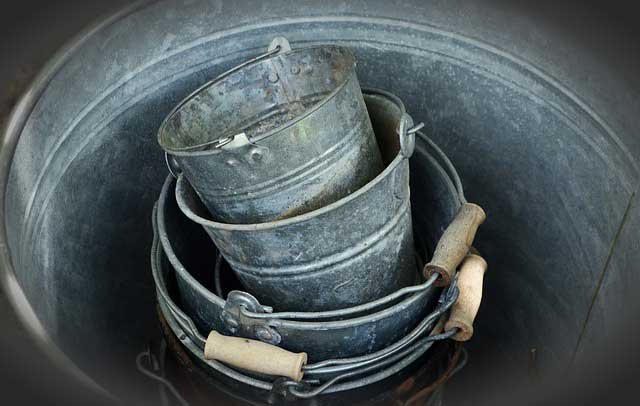Pond liner, boulders, aquatic plants and a bit of creative inspiration is all you need to build a successful wildlife pond. The flexibility of a pond liner also offers the ability to design a water feature for wildlife that will blend with your surrounding landscape. You can go rugged and natural or more formal with the inclusion of a stream.
Before you start building your wildlife pond, it is important to decide what sort of creatures you are hoping to attract. If it is frogs, newts and other small four legged creatures then your design would need to include a sloping beached area. This will allow easy access and exit from the water without the risk of drowning.
Another consideration is what steps you will need to take to keep your pond healthy. Stagnant water can become a breeding ground for unwanted flying insects and lead to the growth of excessive algae blooms. Moving water is important in helping aeration so consider adding a stream. Splashing water helps the natural diffusion of oxygen and creates currents to circulate oxygen around the pond. Solar powered pumps and aerators can be a useful addition particularly during the summer months.
It is important to remember that a wildlife pond needs seasonal maintenance as much as a fish pond does.
Wildlife pond maintenance
- avoid too much sunlight by ensuring that there is some shade covering at least 25% of your pond particularly during the warm summer months.
- in autumn, skim-off fallen leaves before they sink to the bottom of your pond creating a layer of sludge. Some sludge is good because there are creatures who live off the nutrients it gives off, but too much will affect the water quality.
- add oxygenating and floating aquatic plants to help aerate (improve amount of dissolved oxygen) the water as well as provide shade and shelter to frogs and other visiting creatures. Keep aquatic plant growth under control by removing excess to avoid covering the entire water surface. Leave any pruned aquatic plants to the edge of your pond so any creatures sheltering under the leaves can return to the water.
- when water levels drop due to evaporation it is advisable to fill with water from a rainwater butt or wait for the rains to fall. This will reduce the risk of increasing nutrient levels of the water.
A wildlife pond is not limited to a traditional hole in the ground lined with a pond liner. You can use a metal or stone trough, wooden barrels or old ceramic baths. A pond liner with protect metal from corrosion or a wooden barrel from rotting. Add cleaned rocks for creatures to rest on and aquatic plants to help aerate the water to improve clarity, quality as well as reduce algae and weed growth.

Build your pond go as big as possible and line with a protective underlay plus pond liner. The use of gravel and boulders will help create a natural look. Planting shelves are great for adding planting diversity and a gravelled sloping edge is great with wildlife to move in and out the water.





